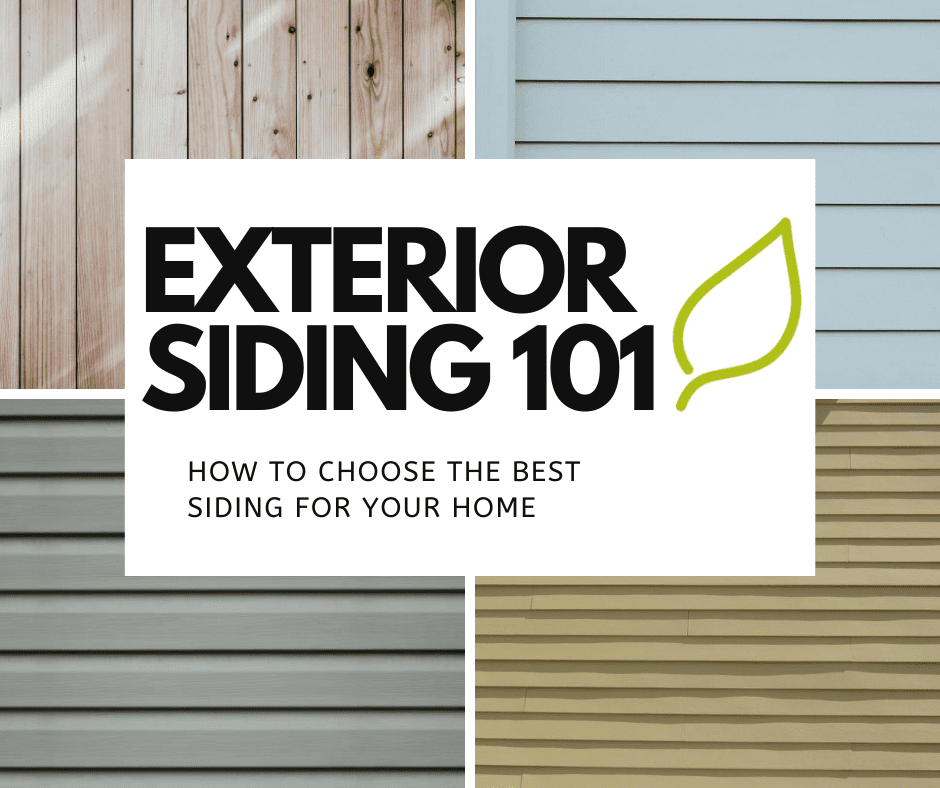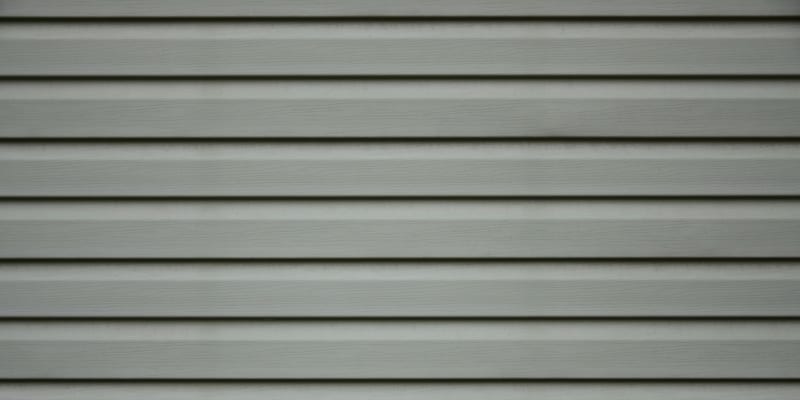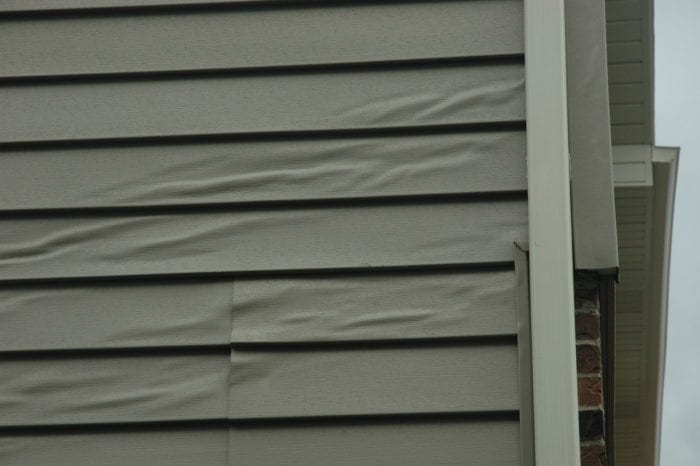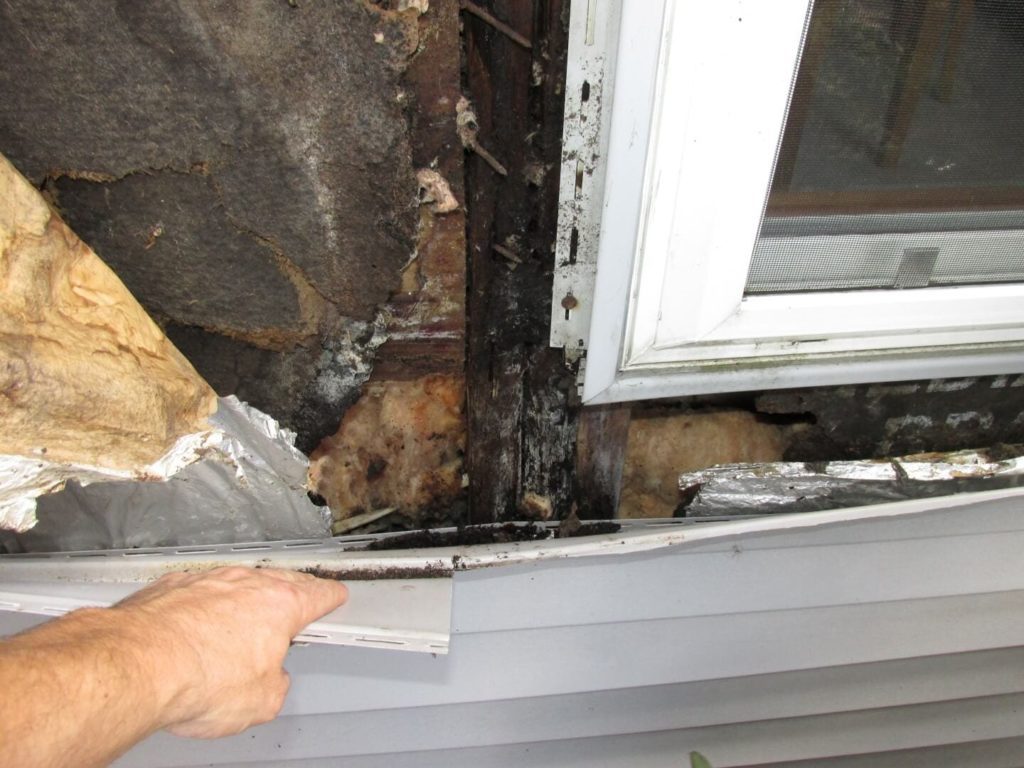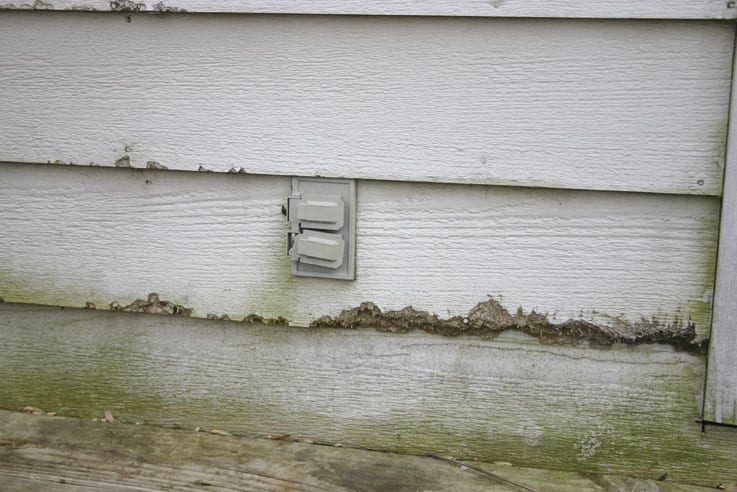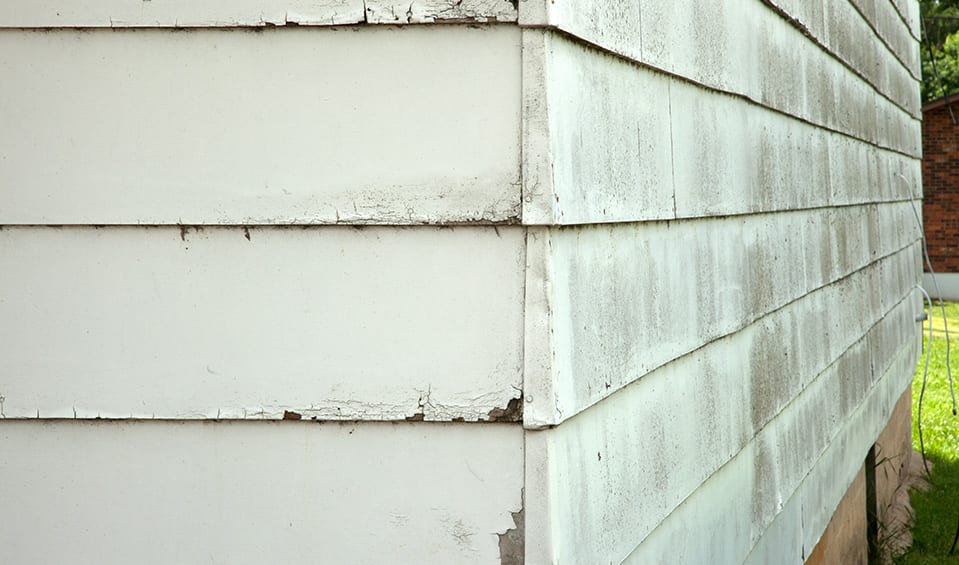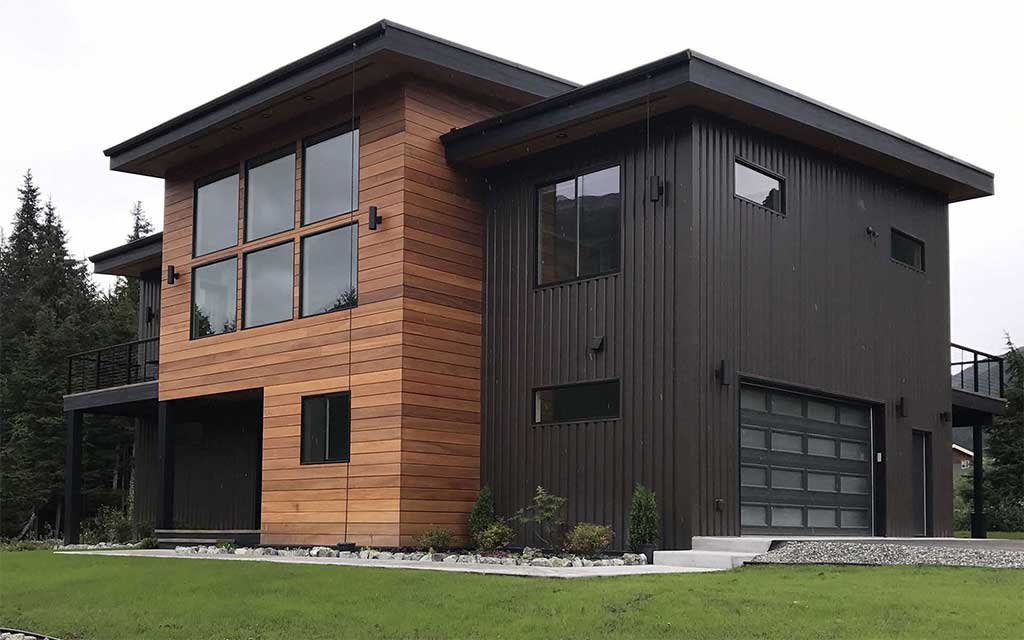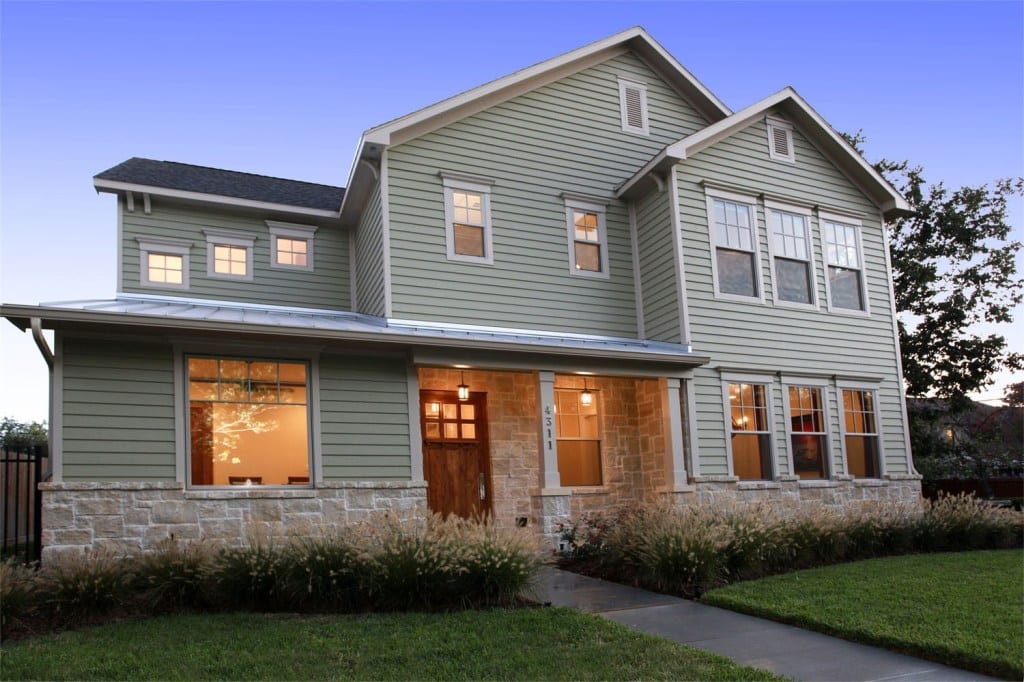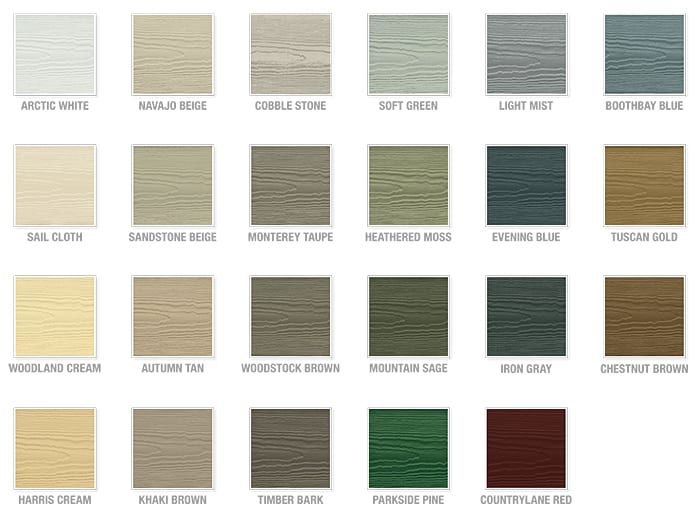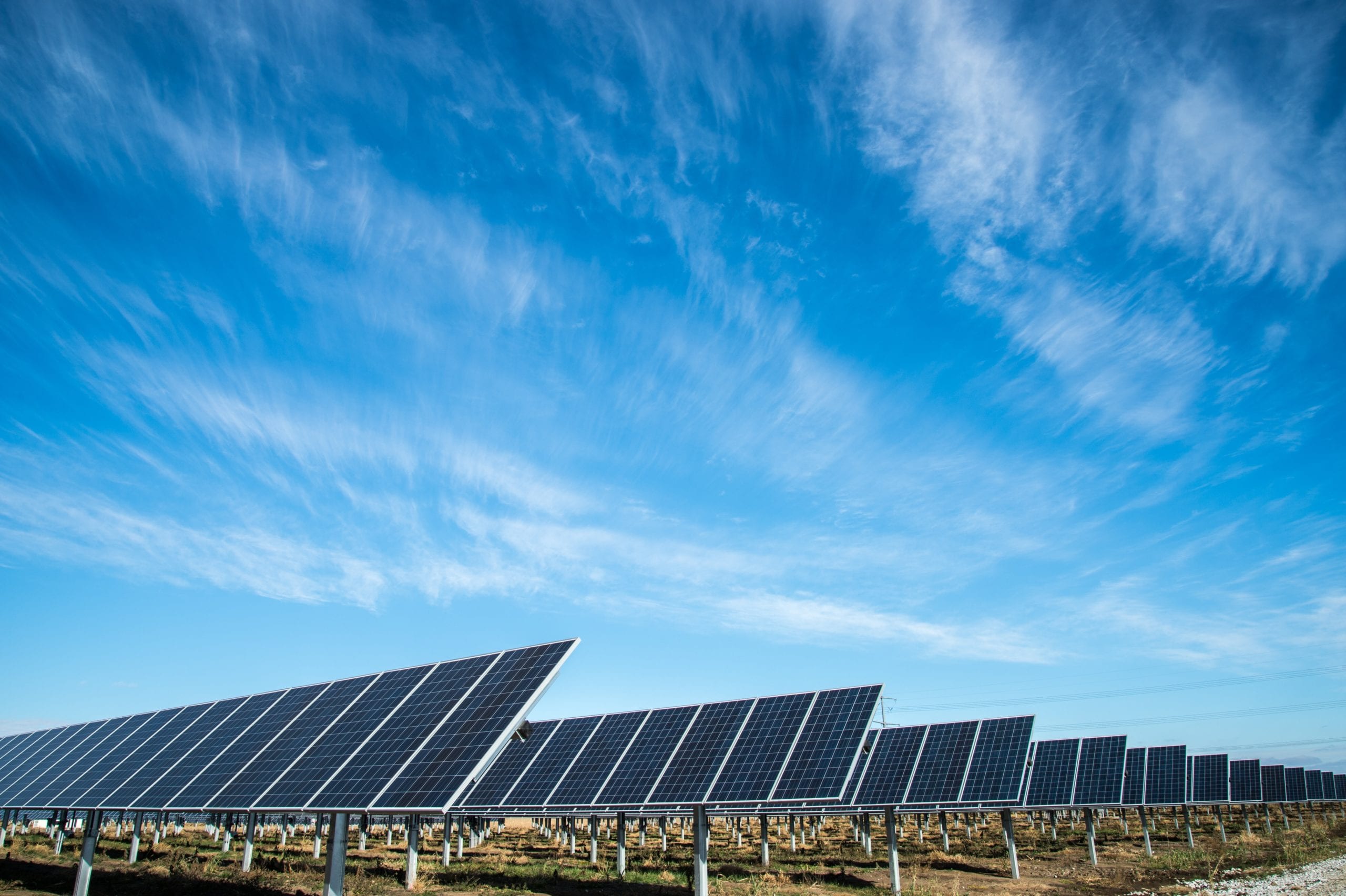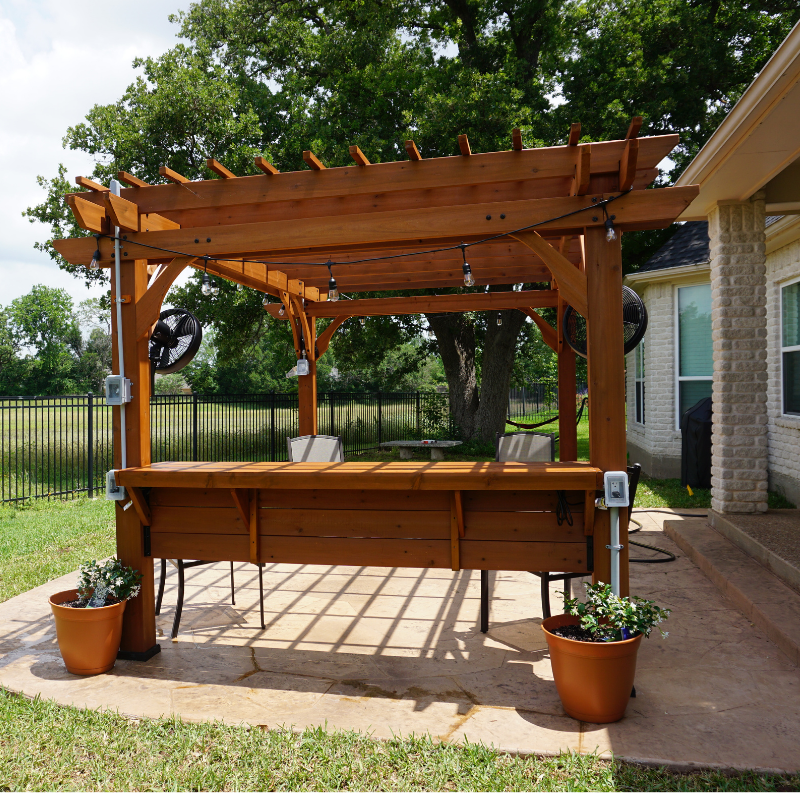Throughout the south, brick + rock are a very popular choice for home exteriors. In fact, many neighborhoods require a large percentage of this on the exterior of their homes because it is seen as a higher status and more elite than other materials.
This is actually counterintuitive due to the fact that rock + stone produces a thermal mass that acts as a significant solar collector that gathers heat and dissipates it to the home throughout our long summers.
As we are all well aware, we do NOT need any sort of extra heat during our Texas summers. Our homes need to be a refuge from the heat, not a host for it.
This is a shame because not only can siding be beautiful, it is also a much more energy-efficient choice for our climate.
One of the likely reasons that neighborhoods tend to require extra masonry is because siding has so often been installed wrong and because some siding products are bad choices for building materials.
What is the best siding for Texas?
Vinyl Siding
Vinyl siding is a very common exterior siding material and we have to say, we’re not vinyl siding’s biggest fan at Stearns. Generally speaking, vinyl is a poor choice in building material in most applications. It is prone to have many problems and often lowers your home’s resale value.
(There are a few exceptions to this such as Andersen 100 windows; which include fiber in the vinyl to help stabilize it.)
One of vinyl’s many issues is that it expands + contracts drastically with changes in temperature. In fact, we have seen the reflection from nearby windows melt vinyl siding. We’ve always been told that the UV inhibitors in vinyl keep it from cracking. Nonetheless, we have seen large sections of wall rot behind vinyl siding that had cracked.
When vinyl siding begins to crack; the cracks aren’t visible to the naked eye. In turn, the walls begin to deteriorate from the cracks subsequently leading to the siding falling off of the house.
The most frequent malfunction we see with vinyl siding actually has nothing to do with the vinyl, but with the aluminum trim that is applied on Fascia and other trim. In most cases, water is able to get behind this metal and it cannot escape. As a result, the rot cannot be seen and is not realized until it is too late.
This also happens with aluminum siding. Typically, we don’t see that much aluminum siding in this area, so for this reason we’re excluding this from our list.
Hardboard Siding
This material is often referred to as Masonite, who was an early manufacturer of the product. In 1996, the maker of Masonite Siding lost a large class-action suit because the material was unfit for exterior use. Today, Masonite no longer makes siding.
However, much of the same siding remains in place and there are other similar products on the market. A few years back, when more of this product was still used, we may have put this above vinyl as our least liked siding.
Engineered Siding
Overall, engineered siding encompasses a vast group of products, including plywood and composite woods; such as Smart Siding. Our hot, humid Texas climate is harsh on these products.
More often than not, engineered siding issues are a result of poor installation. We recommend hiring a professional when using this siding.
Commonly, this siding is run closer to the ground than it should be because slab foundations are not built high enough to provide adequate protection from sprinklers and the water splashing from the roof runoff. In addition, they are often improperly flashed to protect them from water infiltration.
Wood Siding
This is tricky – here at Stearns, we love wood siding. It’s the real deal. Sadly there are several reasons it’s not the best choice for our hot and humid climate. Over the years, as Americans have grown wood faster, it has lost a lot of the durability that it once had. But even well-cured, old-growth wood has a tough time in our climate.
Nonetheless, for the well-informed and motivated client, it can be a great choice. There is a lot that can be done that goes above and beyond a typical application to give the wood siding a fighting chance.
This includes making sure that protective coating goes on every surface; especially end grain which is most vulnerable to rot and most often left unprotected. Though we almost never see it in our area, a rain channel behind the siding is also crucial to making wood siding durable. Furthermore, proper window and trim details are also rare but important to maintaining wood siding.
Cement Fiber Siding
A GREAT siding choice for our climate is cement fiber siding. The material is not subject to rot or insect damage, it is fire resistant, and holds paint very well.
It’s durable, very low-maintenance, and because it is made from recyclable materials, it’s resource-efficient.
Fiber cement comes the closest to recreating a natural wood grain and is virtually indistinguishable from some wood siding products. It is considered a premium product and tends to garner better resale value to your home.
At Stearns Design Build, we specialize in wood and fiber cement sidings because we feel that they are the best choices for our climate, they are the most cost-efficient and durable for our client’s homes.
Do you need guidance or help with your siding?

